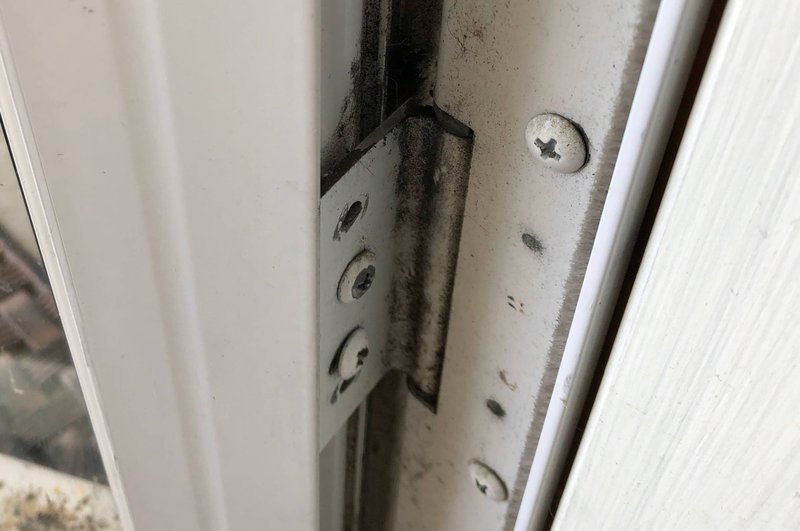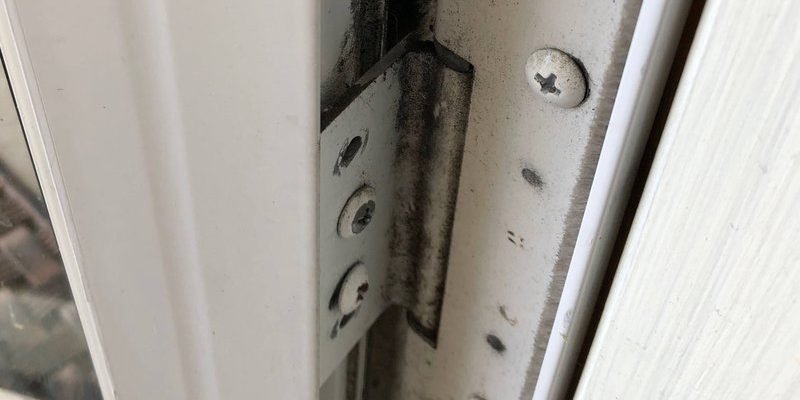
Imagine a door hinge as a well-oiled machine — everything should glide seamlessly. But, when a bearing gets damaged, it’s like a cog in a wheel that’s lost its luster. You might notice that a door isn’t swinging freely, or it might be making strange noises. Confronted with these issues, you might wonder how to identify exactly what’s wrong. Let’s dive into the signs to look for and how to determine if your door hinge bearings need attention.
Understanding Door Hinges and Bearings
Door hinges are made up of several components, with the bearings playing a crucial role. They allow the hinge to pivot smoothly, helping the door to swing open and closed easily. Most door hinges consist of a pin and two plates that attach to the door and the frame. When we talk about the bearings, they’re located within the hinge and can be made from various materials like brass, stainless steel, or plastic.
Bearings wear out due to regular use and can also be affected by environmental factors. For instance, if moisture gets into the hinges, it can lead to rust and corrosion, which weaken the bearings. Here’s the thing: recognizing the signs of a damaged bearing early can save you from potential headaches down the road. Otherwise, you might find yourself facing a door that refuses to budge or a hinge that’s become a squeaky nuisance.
Signs of a Damaged Door Hinge Bearing
You might be wondering what symptoms to look for when checking your door hinges. Here are some key indicators that the bearings may be damaged:
- Squealing or Grinding Noises: If you hear any unusual sounds when opening or closing the door, it’s a sign that something might be off. Squeaking usually indicates a lack of lubrication, while grinding means the bearings might be worn out.
- Stiff Movement: A door that feels hard to open or close is another clue. If you find yourself having to push or pull it extra hard, the bearings could be damaged or misaligned.
- Visible Wear: If you take a close look at the hinge, any rust, cracks, or chips on the bearing itself are red flags that you need to pay attention to.
By keeping an eye out for these signs, you can quickly determine if your door hinge bearings are on their way out.
How to Check Your Door Hinge Bearings
Now that you know what signs to look for, let’s go through the process of checking your door hinge bearings. It’s pretty straightforward and doesn’t require a professional. Here’s how you can do it yourself:
1. Visual Inspection: Start by looking closely at the door hinge. Check for any rust, dirt, or damage. Clean the hinges with a cloth or a soft brush to remove debris and see them clearly.
2. Listen and Feel: Open and close the door slowly while listening for any unusual sounds. Pay attention to how it feels — it should move smoothly without requiring much force.
3. Lubricate the Hinges: If the door is squeaky but doesn’t seem overly damaged, a good lubrication might be all it needs. Apply some lubricant designed for door hinges and open and close the door a few times to work it in.
If after this step, the door still feels stiff or noisy, you might have a more serious issue with the bearings.
Tools You’ll Need to Inspect Door Hinges
Before you jump into checking those hinges, it’s handy to have a few basic tools on hand. Here’s what you may need:
- Screwdriver: To remove the hinge if necessary.
- Lubricant: A silicone spray or grease to keep things moving smoothly.
- Cloth or Brush: To clean off any dust or rust.
Having these tools ready makes the inspection process a lot easier. Plus, it saves a trip to the hardware store!
What to Do If the Bearings Are Damaged
If you’ve confirmed that the door hinge bearings are damaged, don’t panic! There are a few options available:
1. Re-grease or Replace: Sometimes, simply re-greasing the hinge can solve minor issues. If that doesn’t work, you may need to consider replacing the bearings or the entire hinge, depending on the level of damage.
2. DIY Fix: If you’re comfortable with a bit of DIY, you can often replace just the bearings in the hinge. This usually involves removing the hinge, taking it apart, and putting in new bearings.
3. Call a Professional: If you’re not sure how to proceed or if the damage looks significant, calling a handyman or a door specialist might be the best route. They can ensure everything is done correctly and safely.
Preventive Measures for Door Hinges
To keep your door hinges in good shape and avoid future problems with the bearings, a little maintenance goes a long way. Here are some preventive measures to consider:
- Regular Lubrication: Make it a habit to lubricate your door hinges every few months. It keeps the bearings moving smoothly and prevents rust buildup.
- Check for Moisture: Keep an eye on the condition of the hinge and surrounding area. If you notice water pooling near your door or excessive humidity, address it promptly.
- Inspect Periodically: Schedule regular check-ins on your door hinges to catch any issues early before they become significant problems.
These simple steps can extend the life of your door hinges and prevent the bearings from failing prematurely.
Understanding how to determine if your door hinge bearings are damaged can save you time and frustration. Remember to look for warning signs like noise, stiffness, and visible wear. Conducting regular inspections and maintenance can prevent serious issues in the future.
By keeping your door hinges in tip-top shape, you ensure that they continue to serve their purpose smoothly — just like that reliable friend who always opens the door for you. If you notice any damage, don’t hesitate to dive into DIY repairs or reach out to a pro. With a little care, your doors will remain functional and squeak-free for years to come.
